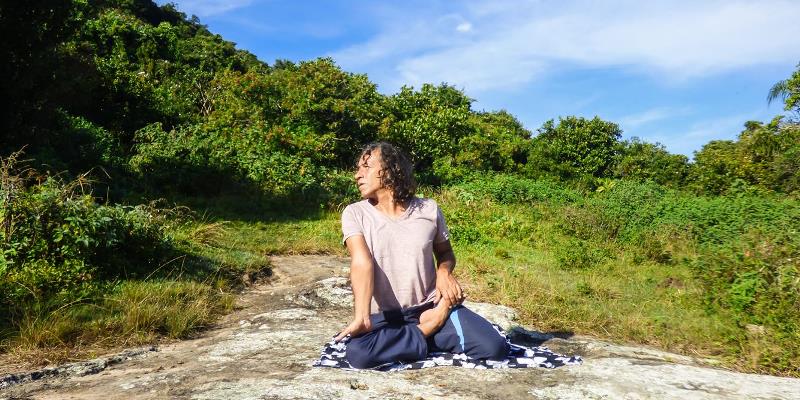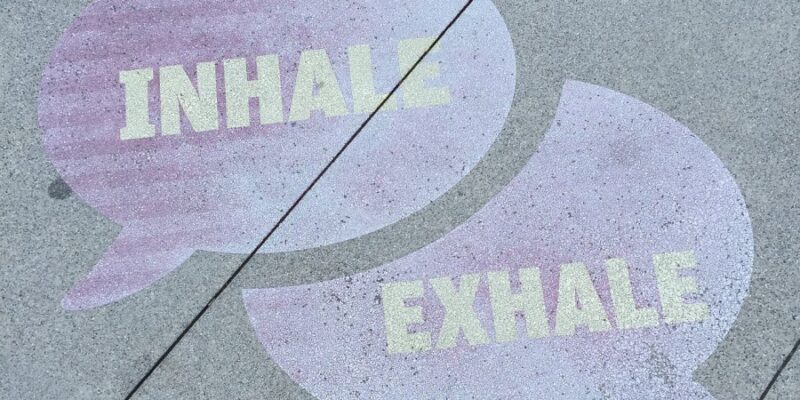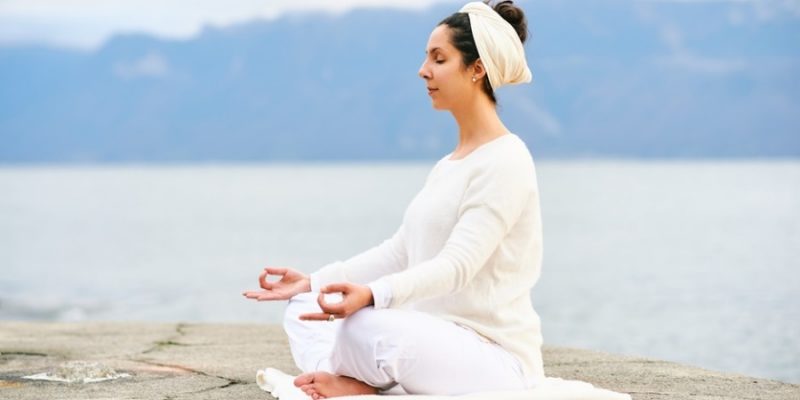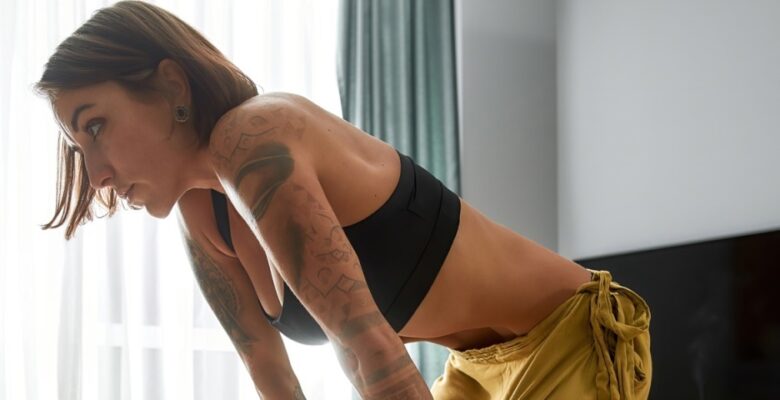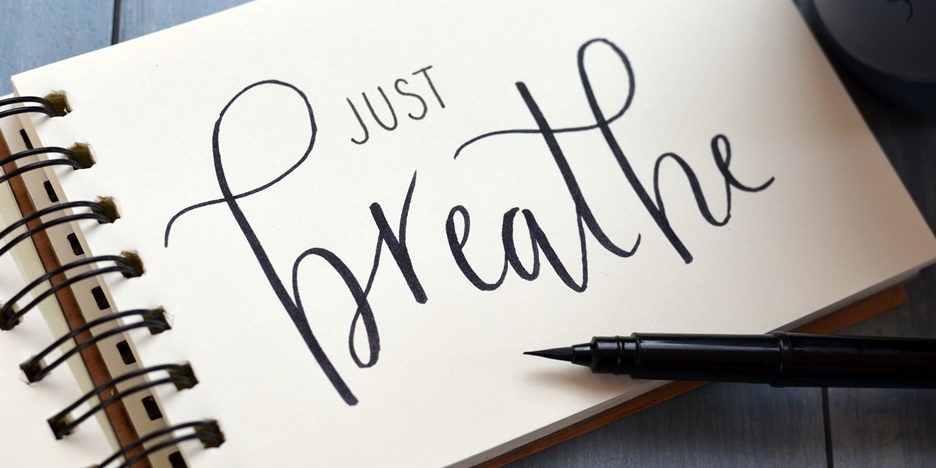
Breathwork has become a popular bodywork modality to help alleviate stress and anxiety, combat physical pains, heal or reduce traumas and depression, release emotions, promote vitality and performance, stimulate personal empowerment, to expand awareness and tap into our subconscious drives, and increase intuition and creativity.
Classes, sessions, training courses, and workshops may be given one-on-one or in a group setting, live in-person on location or live online, and are typically offered as a guided modality by a Breathwork facilitator or therapist, and — depending on the modality — accompanied with meditation exercises, supportive bodywork and massage, dance and movements, singing bowls, chants and music, and/or visualizations, among other activities.

In a Breathwork session, you’ll often combine different types of inhalation and exhalation techniques for different durations, speeds, and intensities, accompanied with breath retentions. Breathwork typically manipulates our nervous system, and can induce physical, mental, and emotional changes. Keep in mind that the types of breathing techniques used depend very much on the type of Breathwork being applied.
Breathwork classes may be given in a kind of retreat-form during a period of several weeks (with sessions held usually one or several times per week), sometimes it’s a specific type of therapy with a fixed number of sessions, in other occasions it’s rather a continual offering on a scheduled moment every week (like taking Yoga classes, for instance), or perhaps sessions are given as an online course in which you can follow your own rhythm and schedule.
Individual Breathwork sessions usually take somewhere between sixty and ninety minutes, but some can last well over two hours. One-on-one, private sessions are rather of a therapeutic nature during which you’d work on specific health issues, and as such it’s up to you and the therapist how long and during what period you will engage in Breathwork therapy. Additionally, Breathwork is sometimes only part or a tool for other or broader therapeutic work
Sessions are typically carried out lying down or sitting, for which you will use a stool, chair, Yoga mat, or massage table. You’ll wear comfortable, loose-fitting clothing, and often also use a blanket, bolster, pillow, and sometimes also an eye mask or eye pillow. However, depending on the type of Breathwork, (parts of) sessions may also be given standing.
It’s recommended not to eat or drink much within an hour or two prior to your session, and to empty the bladder and bowels before starting.

As a whole, it’s important to realize that there are many, many kinds of Breathwork offered today, each with their own techniques, well-defined aims, and specific health benefits. Think, for instance, of Holotropic Breathwork, Tantric Breathwork, Reichian Breathwork, Rebirthing Breathwork, Pranayama Breathwork, Somatic Breathwork, and Shamanic Breathwork, to just give you some examples.
Because of the various types of Breathwork offerings out there, it’s certainly not easy to choose the right modality at once, that is, one that fits and works well for you and your personal situation.
It’s therefore not at all uncommon that you will first engage in several styles and techniques of Breathwork before finally finding the right match.







